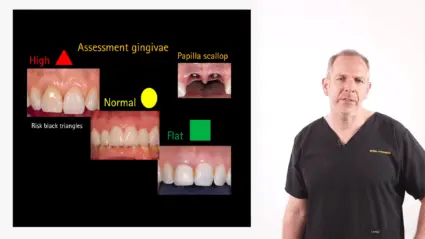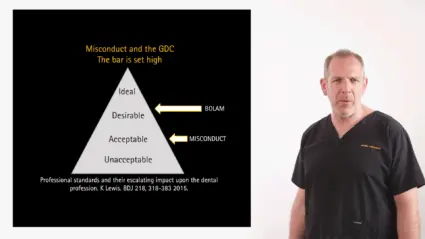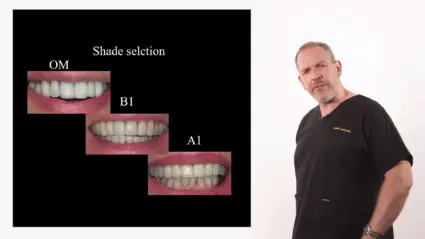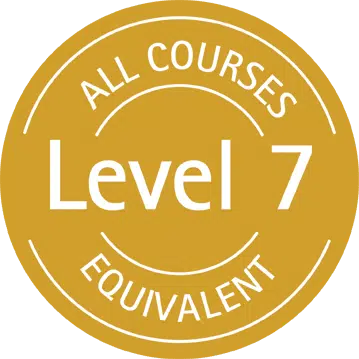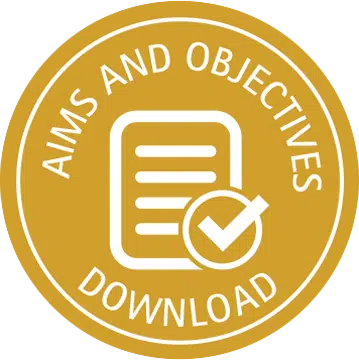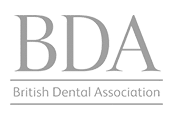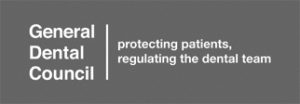This innovative course is designed for all dentists who want a logical and practical approach to understanding occlusion, including predictable occlusal techniques and protocols to introduce in your clinical practice.
|
|
|
|
| Course Booking A deposit of £50 + VAT is required to reserve a place The remainder can be paid in either 3 easy-to-manage and interest-free monthly payments, or pay in full for an extra 5% discount. No interest is charged.Was £1335 - save £340 |
Some people get occlusion straight away, and others take much longer. This is why I am excited about offering Occlusion as an online course, so you can re-watch videos as many times as you want to. You can learn at your own pace, pause to take notes or even refresh your memory by watching a topic again.
This course will allow you to incorporate predictable occlusal techniques into your clinical practice.
The course is broken down into modules for ease of understanding and delivery.
Here is a short list of the modules covered:
- Introduction
- Fundamentals of Occlusion
- Practical Occlusion
- Clinical Occlusion
- Practical / Clinical Occlusion Videos
- Supporting literature
- Final Exam
Click here for the full Course Overview
The course includes numerous clinical case presentations; over 3 hours of practical clinical demonstration videos of occlusal techniques are included as well as a wealth of reading materials, including lots of supporting literature such as articles or texts that I have chosen to support the course. These are materials that I advise you read that support what we are going to cover during the course and will enhance your understanding of the subject.
There are many opinions, with some more valid than others, so I will help you to form a balanced view, and I will give you my opinion on which techniques are applicable for different situations.
In addition to the above, I will provide you with some of the assessment forms we use in our practice, which you can then use with your patients.
|
Find out more Watch the video |
- Risk based examination of the occlusion and TMD system
- Diagnosis and treatment protocols for occlusal and TMD disorders
- Articulators: uses, selection and face bow records
- Occlusal philosophies
- The re-organised occlusal approach, safely increasing the vertical dimension and recording centric relation
- Splints and deprogrammers
- Role of short and long term orthodontics in occlusal correction
- Rehabilitation of localised and generalised tooth wear
- Role occlusal adjustment and equilibration
- Functional: aesthetic diagnostic wax ups
- Occlusal success in implantology
- Occlusal success in bridgework
Fundamentals of Occlusion
- What is canine guidance?
- What is group function?
- What is an occlusal interference?
Clinical Occlusion
- Occlusion in relation to implants
- Occlusion in relation to tooth wear
- Occlusion in relation to Dahl appliances
- How orthodontics can generate a better occlusion
- Role of the functional diagnostic wax-up
- Examples where this has been used
- A number of issues, but looking at them from a clinical perspective.
Here we will see how the fundamentals and the practical aspects actually can be put into clinical practice.
Practical Occlusion
- Taking the basic fundamentals, and seeing how they relate to the clinical environment.
- Splints role, how we might fabricate them and fit them.
Practical Videos
- TMD examination
- Occlusal examination
- Splints clinical features and fitting
- Face bow recording and modal mounting in the maximum intercuspal position
- Articulator features and uses
- Deprogrammer, bimanual manipulation and centric relation registration
- Centric relation model mounting
- Accurate alginate impressions
Whilst watching these you should go back to modules 1, 2 and 3 to cross reference them.





